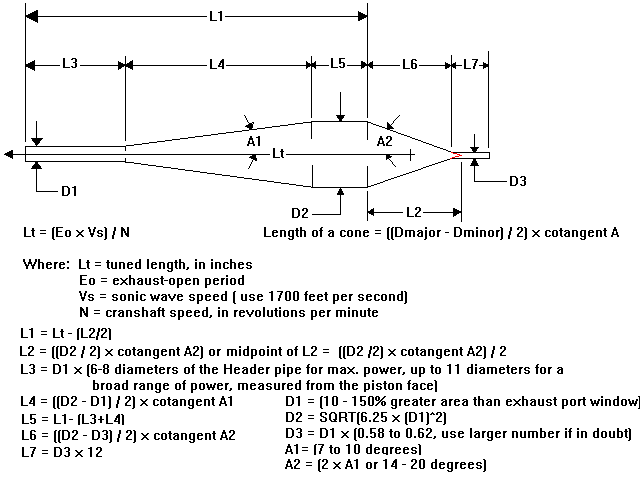drf255
BAD CAD
So I read Jennings 2 stroke engine book.
My interests are woods porting for personal use and friends only.
Please correct me if I'm wrong in what I gleaned from it.
Too much compression puts thermal and pressure load on engine and components and can reduce top end power from pumping losses.
Squish should be held to a minimum to burn more of the fuel mixture instead of losing what's in the squish area unburned into the exhaust.
Raising the height of transfer ports is generally a good thing and the swirl effects should keep the fresh mix out of the exhaust.
Lowering the intake port/increasing intake duration will help top end power, but will make starting more difficult.
Widening the exhaust port too much will wear out the piston rings faster or damage them. Increasing exhaust duration won't help power output much.
Some type of expansion chamber past the exhaust will help power output.
So what's incorrect in my conclusions?
My interests are woods porting for personal use and friends only.
Please correct me if I'm wrong in what I gleaned from it.
Too much compression puts thermal and pressure load on engine and components and can reduce top end power from pumping losses.
Squish should be held to a minimum to burn more of the fuel mixture instead of losing what's in the squish area unburned into the exhaust.
Raising the height of transfer ports is generally a good thing and the swirl effects should keep the fresh mix out of the exhaust.
Lowering the intake port/increasing intake duration will help top end power, but will make starting more difficult.
Widening the exhaust port too much will wear out the piston rings faster or damage them. Increasing exhaust duration won't help power output much.
Some type of expansion chamber past the exhaust will help power output.
So what's incorrect in my conclusions?





